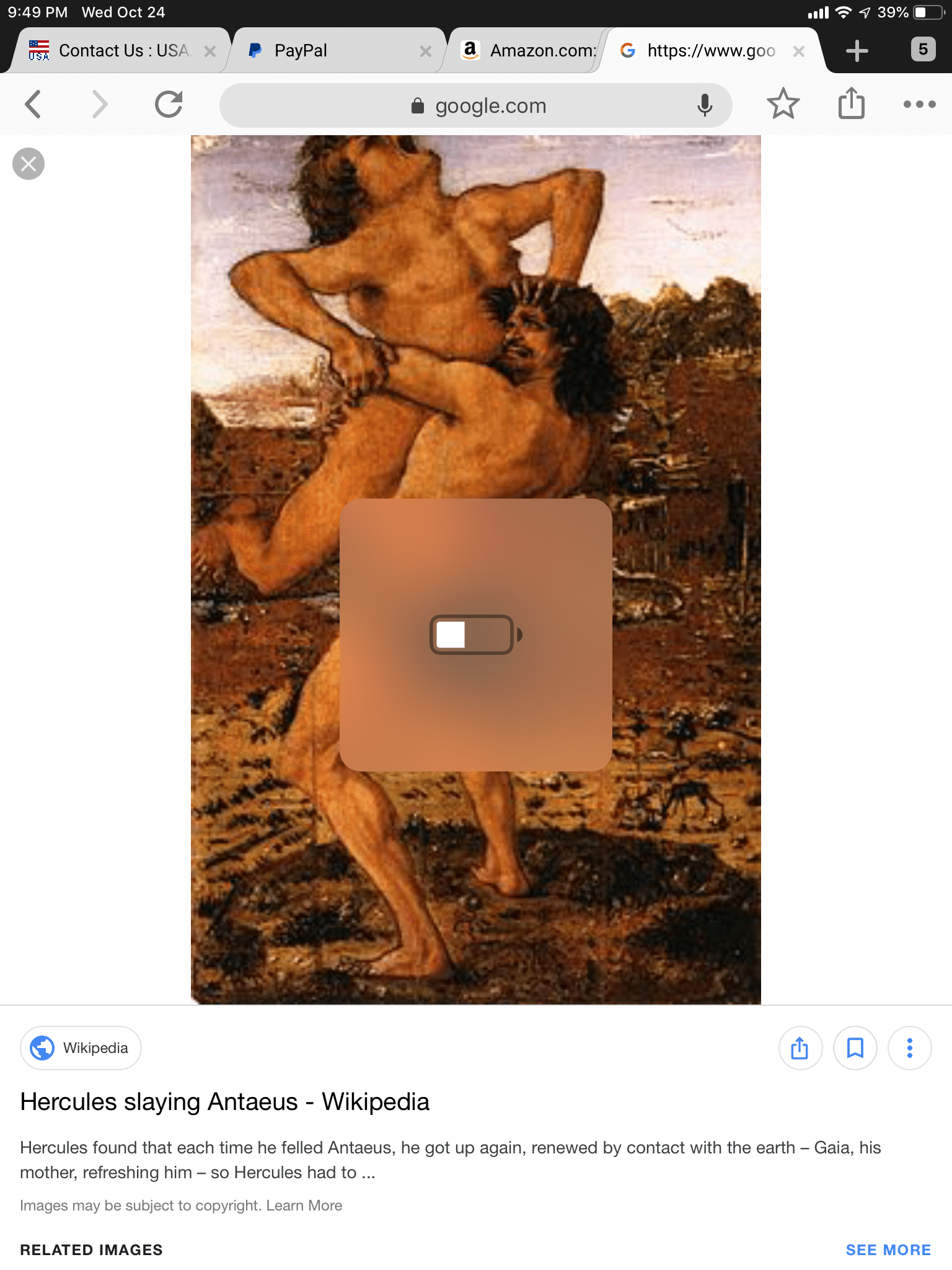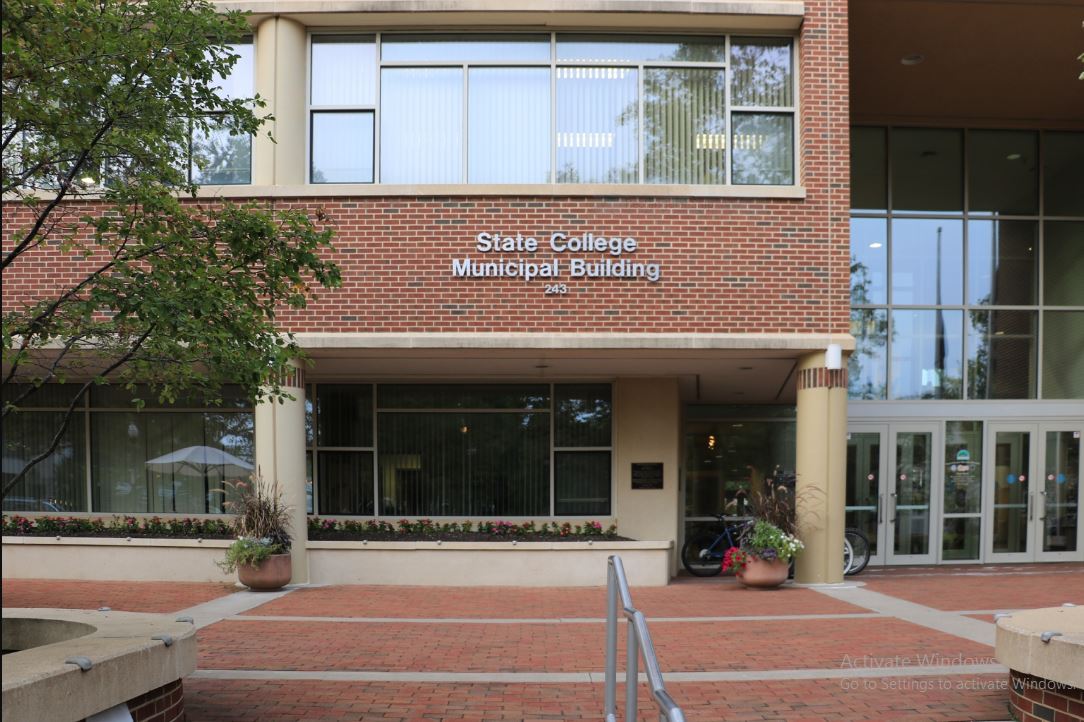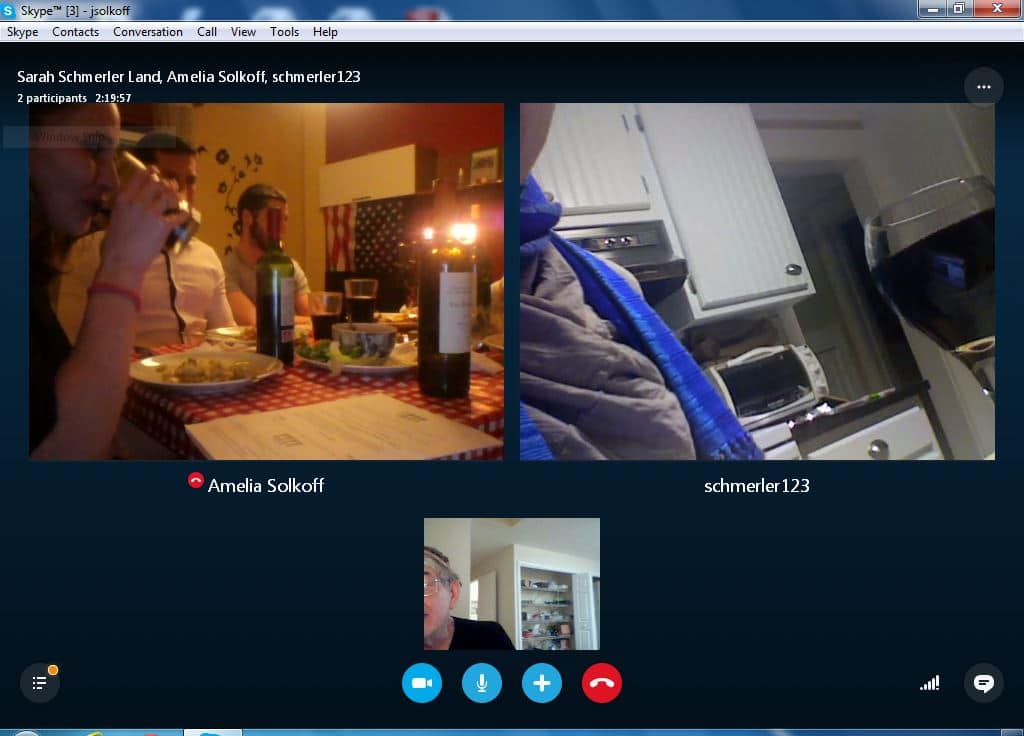l++++ Please contribute $18 for the 2018 Campaign to Elect JoelSolkoff to Congress By PayPal please contribute $18 to [email protected] Home of Antaeus Mobility What a difference a year makes ++++ ++++ Defeat Rep. Tom Marino In September 2017, President Donald Trump nominated Marino to serve as the Director of […]
Check back here for Disability Rights Levitation Updates
This Valentine’s Day Levitate for Disability Access; Don’t Crawl
ON VALENTINE’S DAY 2018 DEMONSTRATE HERE State College Municipal Building 243 S Allen Street State College, PA 16801 Wednesday, February 14th Noon to 2 +++++ NOT HERE ++++ WHAT IS THE PURPOSE OF THE DISABILITY RIGHTS DEMONSTRATION WHICH IS A LEVITATING LOVE […]
“We Shall Overcome” is the greatest Passover song ever written
You are here: Home / If not now / “We Shall Overcome” is the greatest Passover song ever written
“We Shall Overcome” is the greatest Passover song ever written
April 3, 2015 by joel Leave a Comment (Edit)
https://www.youtube.com/watch?v=M_Ld8JGv56E
++++
Welcome to My Seder
Sedar 2015
My Seder indeed took place last night beginning at 5:30 p.m. Eastern Standard time and 11:30 pm in Pontevedra, Spain
Streaming live video from Pontevedra, Spain jointed by her fiancé the respectful Javier Blanco had an old-fashioned seder,Amelia had distributed to their dinner guests a Spanish copy of the Hagaddah. My sister Sarah, with whom I have spent a considerable portion of my life celebrating Passover, joined My Seder, explaining her seder experience as guests of Amelia and Javier read from the special book the Hagaddah in Spanish. The word Hagaddah comes from the Hebrew root word that means “to tell.” God commanded us to tell the story of the Exodus from Egypt. There is a psychedelic quality to the seder. The requirement is NOT that we remember freedom from slavery in Egypt.
Rather, the requirement of the SEDER is to relive the experience. No seder fulfills the requirement unless its participants believe then and there (here and there on Skype) that tonight we have become Free. For me, for my mother, Freedom requires the Seder to relive the Civil Rights Movement of the 1960s. Those were the days when Rabbit Abraham J. Heschel marched arm-in-arm with Dr. Martin Luther King, Jr. as they crossed together–50 years ago last month–Edmund Pettus Bridge in Selma, Alabama.
++++
Illuminated Haggadah (14th century)
Illuminated Haggadah (14th century)
++++
The White House press office describes the scene 50 years ago last month
“Fifty years ago, on March 7, 1965, hundreds of people gathered in Selma, Alabama to march to the capital city of Montgomery. They marched to ensure that African-Americans could exercise their constitutional right to vote — even in the face of a segregationist system that wanted to make it impossible.
“On the Edmund Pettus Bridge in Selma, state troopers and county members violently attacked the marchers, leaving many of them injured and bloodied — and some of them unconscious.
“But the marchers didn’t stop. Two days later, Dr. Martin Luther King led roughly 2,500 people back to the Pettus Bridge before turning the marchers around — obeying a court order that prevented them from making the full march.
“The third march started on March 21, with protection from 1,000 military policemen and 2,000 Army troops. Thousands of people joined along the way to Montgomery, with roughly 25,000 people entering the capital on the final leg of the march. On March 25, the marchers made it to the entrance of the Alabama State Capitol building, with a petition for Gov. George Wallace.
“Only a few months later, Congress passed the Voting Rights Act, which President Lyndon B. Johnson signed into law on August 6, 1965. The Voting Rights Act was designed to eliminate legal barriers at the state and local level that prevented African-Americans from exercising their right to vote under the 15th Amendment — after nearly a century of unconstitutional discrimination.”
++++
Martin Luther King’s Last Speech: “I’ve Been To The Mountaintop
https://youtu.be/aL4FOvIf7G8
. Martin Luther King was shot and killed the day after he delivered this “mountaintop” speech. This is an excerpt from the speech. The entire speech, 45 minutes, was not recorded in video. Rather, the audio complete speech–from You Tube–ends My Seder. Some time when you are in need of spiritual comfort, know that the speech is here below.
++++
“Our goal should be to live life in radical amazement. ….get up in the morning and look at the world in a way that takes nothing for granted. Everything is phenomenal; everything is incredible; never treat life casually. To be spiritual is to be amazed.”
— Rabbi Abraham J. Heschel
++++
Alabama State troopers attack civil-rights demonstrators outside Selma, Alabama, on Bloody Sunday, March 7, 1965
Alabama State troopers attack civil-rights demonstrators outside Selma, Alabama, on Bloody Sunday, March 7, 1965
Rabbi Abraham J. Heschel, Professor of Mystecism and Theology at the Jewish Theological Seminary. marches arm-in-arm with Dr. Martin Luther King, Jr. at the Selma-Montgomery March
Rabbi Abraham J. Heschel, Professor of Mysticism and Theology at the Jewish Theological Seminary. marches arm-in-arm with Dr. Martin Luther King, Jr. at the Selma-Montgomery March.
“When I was young, I admired clever people. Now that I am old, I admire kind people.”
— Rabbi Abraham J. Heschel
Segregation threatens your soul
From Where I Sit: My column in Voices of Central Pennsylvania, October 2010 “Trouble, trouble, I have had trouble all my days. / It seems like trouble going to follow me to my grave,” sang the great blues artist Bessie Smith. An African-American, Smith’s skin color put her in her grave, according to the authoritative […]



